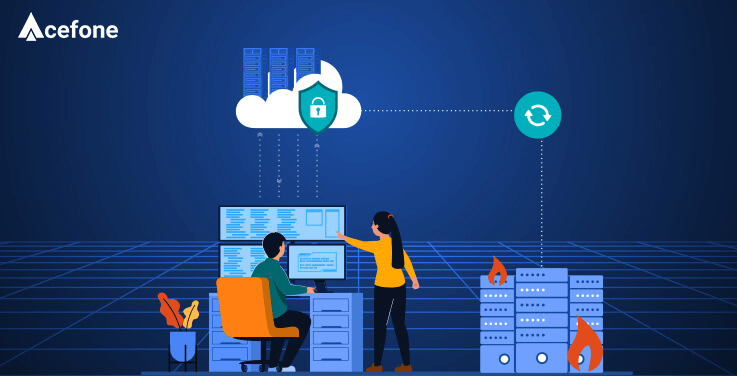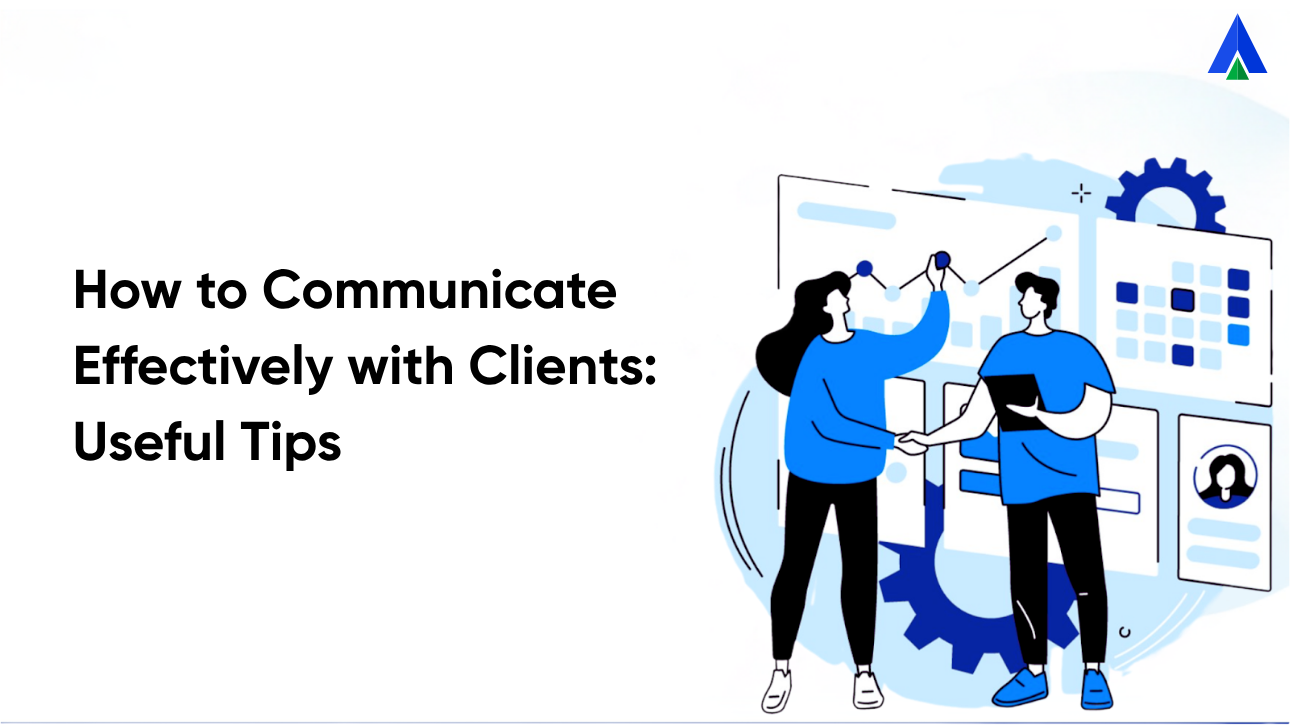Most businesses understand how crucial customer communication is. Without consistent and meaningful communication, you can’t deliver outstanding service or even successfully sell your products and services to prospective customers.
Staying in touch with your audience becomes all the more critical during times of crisis. After all, how do you update clients about delivery delays, inventory shortages or understand their needs and expectations?
The questions that arise are: how do you communicate equally well, if not better, during crises? And how do you save your business data and telephony system from collapsing?
Simple—with the help of DRaaS (Disaster Recovery as a Service) and CCaaS (Contact center as a Service).
These cloud solutions can work together to ensure that any type of business can continue to operate and interact freely with customers even during global disasters or unexpected mishaps.
No business wants to lose precious information, and with DRaaS, they can back up data on the cloud safely and get back to work in just moments.
CCaaS, on the other hand, can help deal with panic situations better and get out crucial information to the customers whenever an emergency strikes.
This article will explore a few of how both CCaaS and DRaaS can help your business remain visible and relevant even in dire situations.
How can DRaaS and CCaaS help businesses through natural disasters?
Disaster Recovery as a Service (DRaaS) refers to replicating your IT and data environments on various servers. The data is stored securely in different locations worldwide, ensuring that should something happen to a server, data is safe in other locations.
So, in case of an unfortunate event, your IT systems can be quickly rebooted and your data restored. Not only can you continue customer interactions, but you can also help other adversely affected internal teams get back up and running.
On the other hand, a cloud contact center hosts all your customer communications, such as voice, messaging, email, and so forth, over the Internet. The technology ensures that as long you have a stable connection and a smart device, you’re able to deliver messages to the public and operate remotely.
Not only does CCaaS give you the ability to work from anywhere, but it also allows you to hire remote workers from around the globe to support your business. As a manager, you are able to supervise your team on the go from any compatible device and can access important data such as real-time analytics, call waiting times, recordings and much more all from your hosted phone system’s online portal.
A cloud contact center is essential to any business’ disaster recovery plan.
There are many ways in which these two technologies can help businesses through natural disasters.
Ensure emergency communications reach the people
In times of national emergency, the first priority is to ensure people are safe from harm. Government bodies, the healthcare industry or even businesses can send out pivotal information to the public as quickly as possible via message or voice interactions.
Even if a department losses its premises to a natural disaster or its IT systems get wiped out completely, DRaaS can still keep them running.
They’ll be able to access their data stored in another server, set-up a makeshift workspace, and resume operations using their cloud phone system. This is possible because of the flexibility CCaaS offers. Without the need for bulky infrastructure, staff can get to damage control even with a bare minimum.
With tools like voice broadcasting or SMS broadcasting, outreach can be simplified and sped up even further.
Protect the jobs of workers
Natural disasters spread devastation and destruction in their path, often reducing buildings to rubble. A combination of CCaaS and DRaaS can help offer business continuity, ultimately saving employees from job losses.
Since these cloud-powered solutions only require a stable network and Internet-enabled devices, the workforce can be moved to a remote working model. These same devices will help them reach out to your audience, and relay crucial delivery or product information.
In the face of adversity, customers will appreciate transparent and consistent interactions, fortifying your relationship with them further.
Protect sensitive information
Customer data, of any sort, is always precious and must be protected at all costs. And protecting it should be top priority for all businesses. Not only does it build trust between you and your clients, but it also makes you compliant with GDPR legislation, giving you one less thing to worry about.
Cloud solutions like CCaaS and DRaaS offer security tools like role-based access control, end-to-end encryption, firewalls, and more.
So, let’s say your desk phones get damaged in flooding, you can simply connect to your phone system to another compatible device and continue with business as usual. You won’t have to worry about any unauthorised activity or theft of sensitive data.
This peace of mind means that you can focus on getting back up on your feet.
Keep costs low and protection levels high
The last thing a business needs when it is hit by a natural disaster is a large bill to repair their phone system just to be able to access their data. That is why investing in a cloud-based system is essential and reliable.
Both CCaaS and DRaaS solutions are highly cost-effective as they do not require any expense on infrastructure or maintenance. While getting a CCaaS solution for your business, you can ask your VoIP provider to add DRaaS to your plan as well. The provider will take care of all your data and the maintenance of your solutions.
The cloud offers peace of mind and safety in the knowledge that if anything does happen, your business has the best chance of continuing to operate as close to normal as possible.
When getting yourself a DRaaS solution, discuss storage with your cloud service provider to ensure that all your data is housed securely. Do also go over the SLAs with the provider to know what is expected of you and them in the event of an emergency.
IS CCaaS really necessary to keep operating after a calamity?
To answer this question, we can look to London, where flooding stopped patients from entering hospitals and the NHS needed to tell them to cancel their appointments for their own safety.
Security guards were posted at the doors of the hospital to turn patients away, but this could have been managed even better by employing a CCaaS solution.
With tools like voice broadcasting and bulk SMSes, the NHS staff could have contacted patients ahead of time and advised them to not leave for appointments. Remote workers could even have rescheduled appointments for patients, taking the further strain off the NHS staff.
Better yet, remote staff could have utilised auto-diallers. This means that staff wouldn’t have to manually dial numbers—the system would call patients and connect staff only if the calls were answered.
In cases like this where the NHS needed to get mass communication out to patients after flash flooding, CCaaS could have made their lives easier and reduced the strain for staff who were dealing with urgent cases.
Combine CCaaS and DRaaS to create a robust disaster recovery plan
Once you know staff are safe in a natural disaster, you can start to plan for the next steps to keep your business going and keep communications flowing in times of crisis.
Both DRaaS and CCaaS are fantastic for giving you peace of mind and ensuring that your business can continue to operate no matter what the situation might be.
If you need support or advice on putting together a disaster recovery plan or to get a CCaaS solution for your business, contact us today at 1888-859-0450 or just drop us an email at [email protected].














